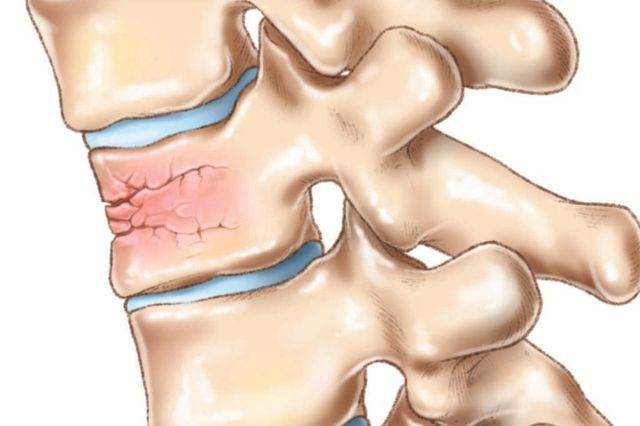Spinal Fractures
Causes, Symptoms, and Advanced Treatment Options

Spinal fractures vary widely in severity. Some result from high-energy trauma requiring emergency treatment, while others occur from lower-impact events in patients with weakened bones (osteoporosis). Treatment depends heavily on the fracture's stability and neurological impact.
[Image of spinal fracture types]Common Causes
High-Energy Trauma
Most common in younger patients. Causes include car or motorcycle collisions, falls from significant heights, and sports accidents.
Bone Insufficiency
Common in older adults. Conditions like Osteoporosis or tumors weaken the bone, causing fractures even during minor falls.
Warning Signs & Symptoms
Sudden onset back pain lasting many days is the primary symptom. More serious signs include:
Treatment Options
Our priority is to stabilize the spine, relieve nerve compression, and facilitate healing.
For mild, stable fractures, treatment involves pain management, bed rest, and the use of specialized braces to support the spine while it heals naturally.
Severe fractures often require surgery to restore stability and prevent deformity. Techniques include Spinal Fusion, Vertebroplasty, or Kyphoplasty (cement augmentation) for osteoporotic fractures.
Seeking Specialist Advice?
Spinal conditions can significantly impact your quality of life, but effective treatments are available. Dr. Gururaj Sangondimath is a renowned spine specialist with extensive expertise in both non-surgical and advanced surgical treatments. Don't let pain hold you back—get a tailored treatment plan today.